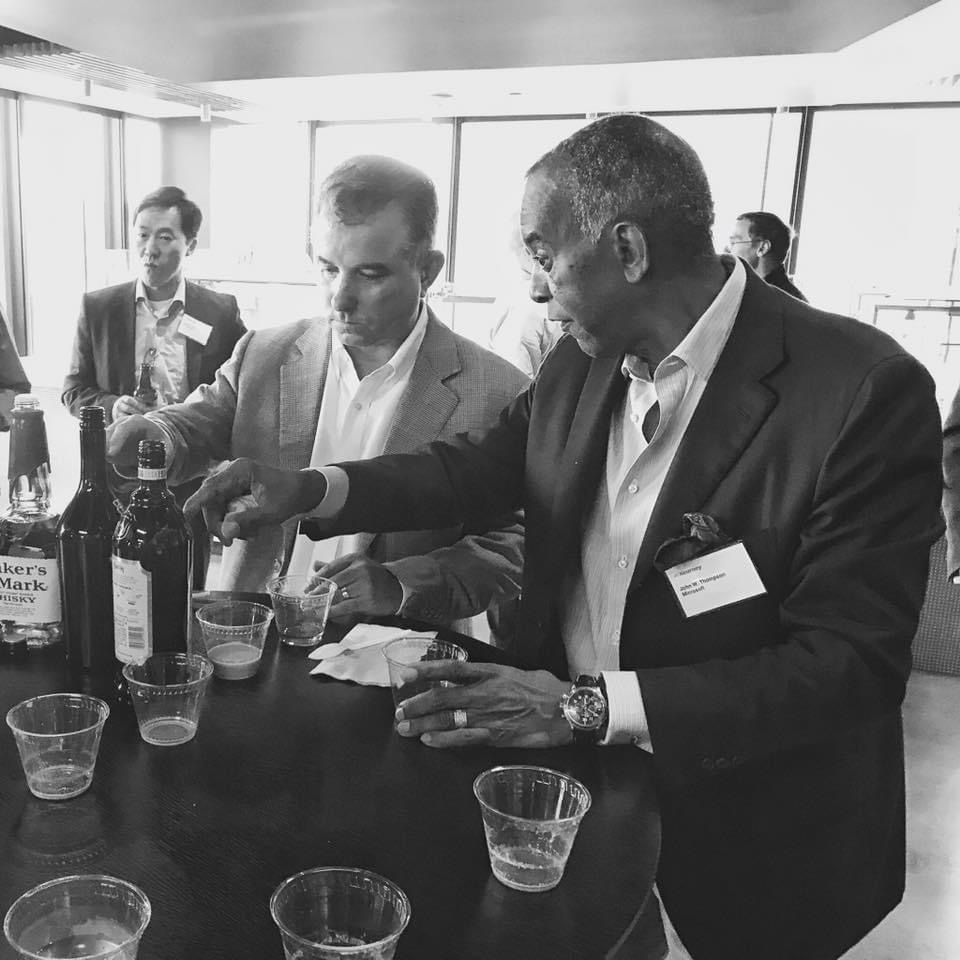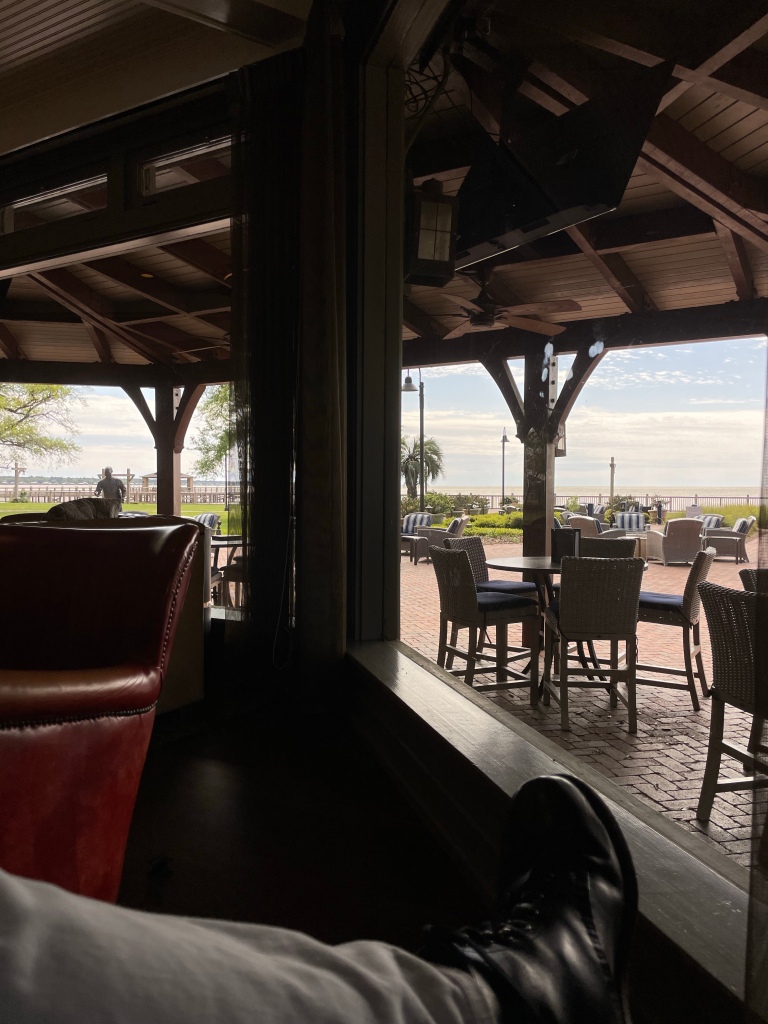
Full circle: consulting, Silicon Valley start-ups, co-founding the TSA, venture capital, and back to Kearney
After being around the firm for 25 years, one day one of your partners calls and tells you “people need to hear your story, every time you tell it at new partner training, people are surprised. You need to let Kearney tell it.”
Then I let it all out and left the story in the hands of the marketing team. And yes, I let them tell it all including the .881 GPA.
The sense of humor someone had of using a picture of me in a Notre Dame hat was perfect Kearney. For the record, that was at a Stanford game where I was hosted by a guy who went to both and the hat had Stanford on the other side, and Stanford won.
So with that, here is the story they shared with the addition of a couple of pictures..
here is the original story.
Kearney Originals
Ben T. Smith IV
Senior Partner and Communications, Media, and Technology Practice Leader
San Francisco, California

I’d never been on an airplane before my junior year of high school. I grew up in this little town called Daphne, Alabama. My family has lived there for generations—they came to Alabama after the War of 1812. It was, and really still is, my home. But my dad had started as a union worker, and after his company closed the factory he was leading in Alabama they offered him a job in California. So at the end of the school year, I got on an airplane and flew there. I didn’t know much about California other than from watching Oakland Raiders games on TV (the quarterback was from Alabama). It was quite a culture shock for me. I think it was equally shocking for my new classmates because they’d never met someone from Alabama.

I ended up at the University of California-Davis. I’d also gotten accepted to Berkeley (Stanford rejected me, the first of two times), but my parents said if I went there, I’d need to live at home—so I quickly decided on Davis. I had a crazy experience. My parents hadn’t gone to college nor had really anyone in my family, so I didn’t have much familiarity with how to do it. My lowest GPA was at one point a .881—that’s four Fs and an A. That’s what happens when you’re the the president of your fraternity, and never leave the front porch. Then I had a professor tell me that if I didn’t go to his labs, I wouldn’t pass his class, and if I didn’t pass his class, I wouldn’t be an engineer. I decided then that I needed to change my life. I left the fraternity and ended my undergraduate career with a 4.0 the last few quarters.

After 9/11, I took a leave of absence from the firm to help start what later became the TSA. I’d been at Kearney since 1994, landing there shortly after graduating from Carnegie Mellon’s business school. However, I ended up leaving a few days after the September 2001 attacks. I had a personal connection to what happened, and I wanted to help. When I got to the TSA, there were a total of three people there, including me. When I left, there were 73,000. We had to create something from scratch. It was the hardest and most emotional work I’ve done; it was also the largest start-up I’ve ever done. We figured out everything from uniforms to how the lines would work to the supply chain for finding machines that check for soft explosives. A big part of what I did was to build the team. I recruited several people by calling friends from the consulting world and told them that their first job was to recruit five more people just like them. Some of those first hires are still there.

Working with start-ups taught me about speed. I was a serial start-up guy for about 15 years. I was a founder, a venture capitalist, and an executive at a publicly-traded software company. I started one of the first social networking companies called Spoke, which eventually lost to LinkedIn (landing me in Harvard business case studies for the wrong reasons). Working in those small, fast-growing companies, I realized that sometimes just getting it done is more important than getting it right. I also learned a lot about risks and how, as a challenger company, you can take a lot of risks that others can’t.

Alabama football brings me enormous joy. I love going to games—Alabama, of course. But also Auburn, Stanford, or Texas. It’s important to me because when I was a kid, I never went to a big college football game but always loved the sport (even if in high school I was sitting on the bench). My family couldn’t afford it. I don’t think I went to my first game until I was nearly 30. There is nothing like being in a stadium where 105,000 want the same thing. It’s a unique experience to have that many people have a common objective, even if it’s just for a few hours.

I’m a relationship-focused guy, which is sort of strange for a severe introvert. When I came back to Kearney in 2015, I made the conscious decision that I wanted an extensive network. I like to collect signals from lots of different people. It started from my first stint at the firm, and I was able to maintain my relationships that I’d started then throughout my career. Some people think that a small number of super-deep relationships are more valuable, but mathematically that’s wrong. The breadth of your network has enormous value. It gives you not just access, but also a diversity of insights that aren’t always obvious.




 Enter the
Enter the 














You must be logged in to post a comment.